Kurtis Blaikie-Birkigt's Blog Posts
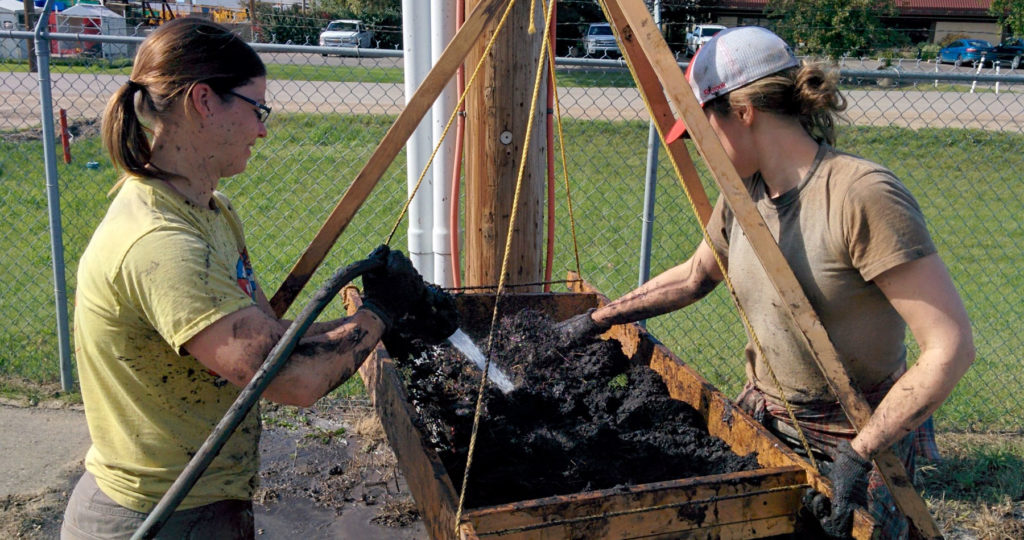
January 7, 2022
Help! My Child wants to be an ARCHAEOLOGIST!
We get many questions from parents with children interested in archaeology. Is archaeology really a job? What classes does my child need to take to be an archaeologist? Can it be a career? Like any professional field, if your not an archaeologist, you likely aren’t aware of the specifics. Ember Archaeology is here to help!
Keep Reading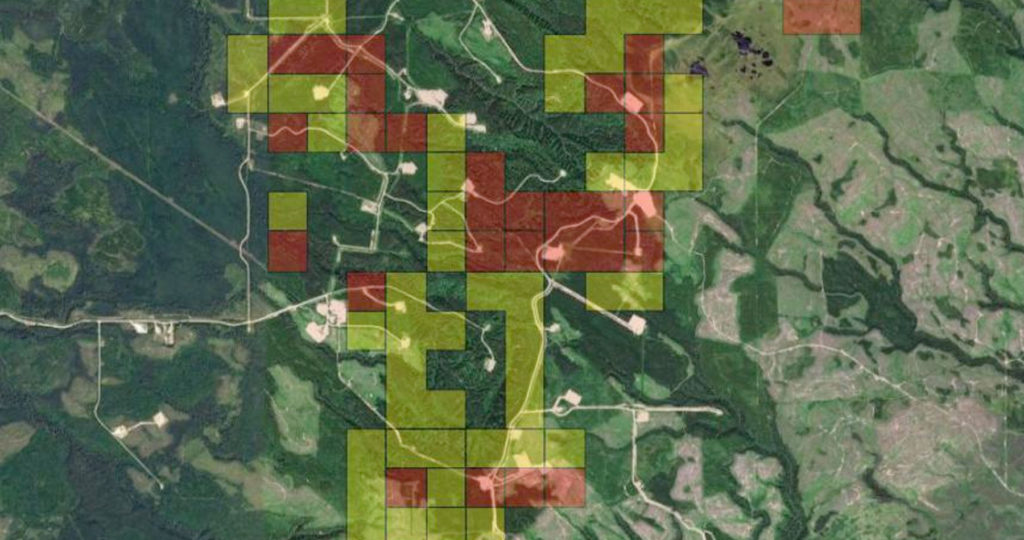
April 28, 2020
What Projects Need HRA Approval, or “Clearance”?
As Consulting Archaeologists, most of our work supports “regulatory compliance”. We help developers get government approval by assessing and mitigating potential impacts to historic resource sites. I’m frequently asked by developers whether a specific project requires Historical Resource Act Approval (or “Clearance”, as it was known before 2012). This isn’t as easy a question as one
Keep Reading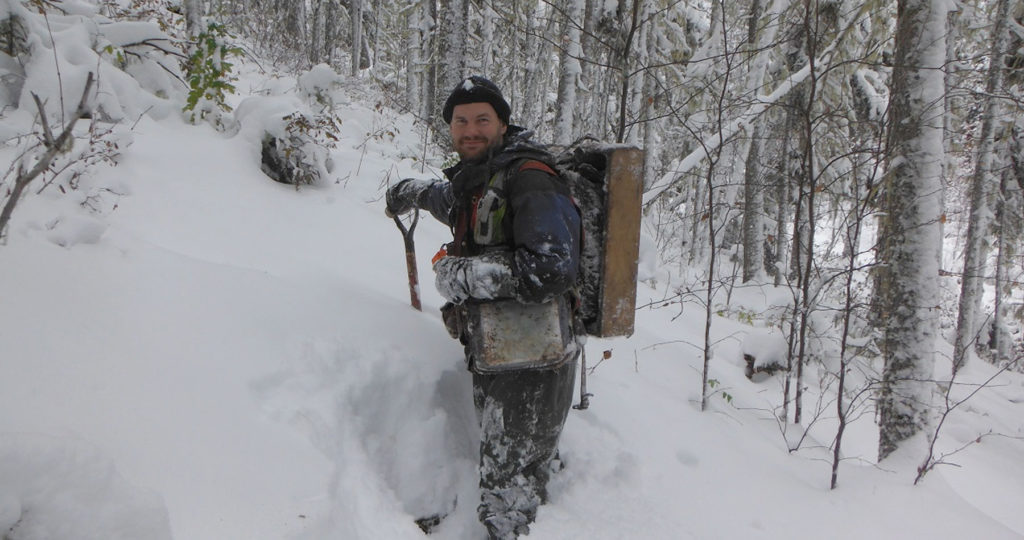
November 20, 2017
Working in the Winter
Specializing in forestry archaeology in Alberta, I haven’t had much opportunity to work in winter conditions. One of the nice things about forestry is its relatively long planning horizon and the flexibility to schedule our work. Unfortunately, in fall 2012, a variety of factors conspired to push some of our fieldwork into late October, and
Keep Reading
August 2, 2017
Glacial Flutes
Ryan is doing layout work to protect wetlands and streams during aerial herbicide application and he got this great shot of glacial fluting northeast of Calling Lake. These parallel ridges were formed when the Laurentide ice sheet coming southwest from the Canadian Shield hit bedrock uplands at the east end of the Pelican Mountains. The
Keep Reading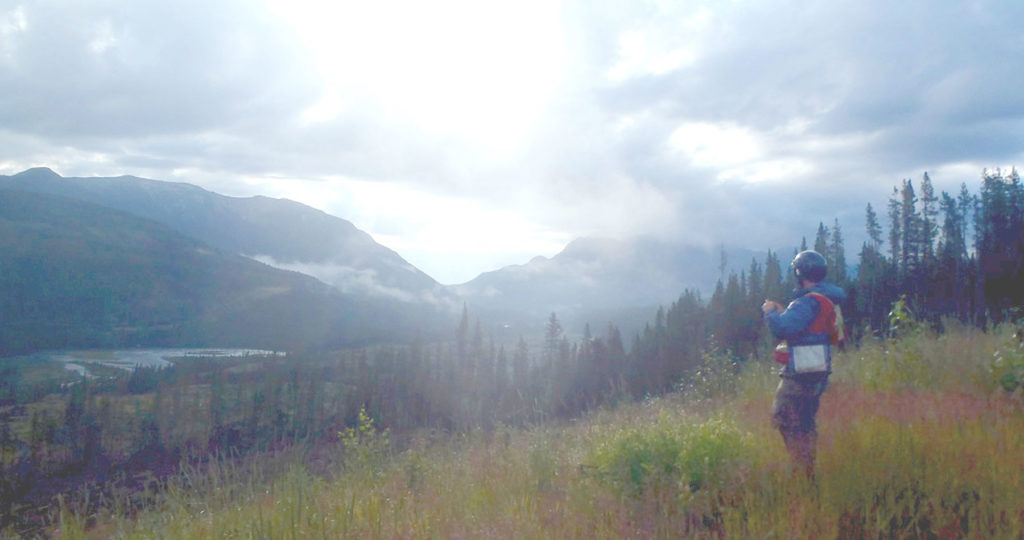
May 18, 2017
Call for Papers: Rocky Mountain Anthropological Conference
The Rocky Mountain Anthropological Conference is meeting in Canmore, Alberta September 21 to 24. Tree Time’s Kurtis Blaikie-Birkigt is organizing a session: “Current research on the Eastern Slopes” Historically, the eastern slopes and foothills of the Canadian Rockies have been treated as a peripheral region, either the fringe of the northwest plains and boreal subarctic,
Keep Reading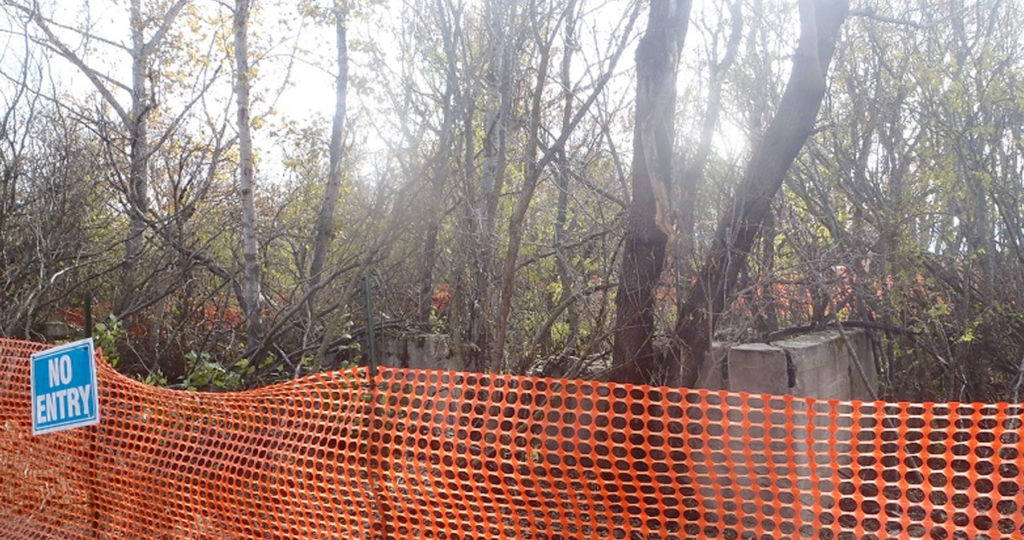
December 5, 2016
Archaeology Risk Management Plans?
In a previous blog post, I wrote about how remediation and archaeological impact assessment pose very similar problems, from a technical perspective. In both cases, there is something in the ground, and we need to figure out where, how much, and what to do about it. My impression is that remediation is well ahead of
Keep Reading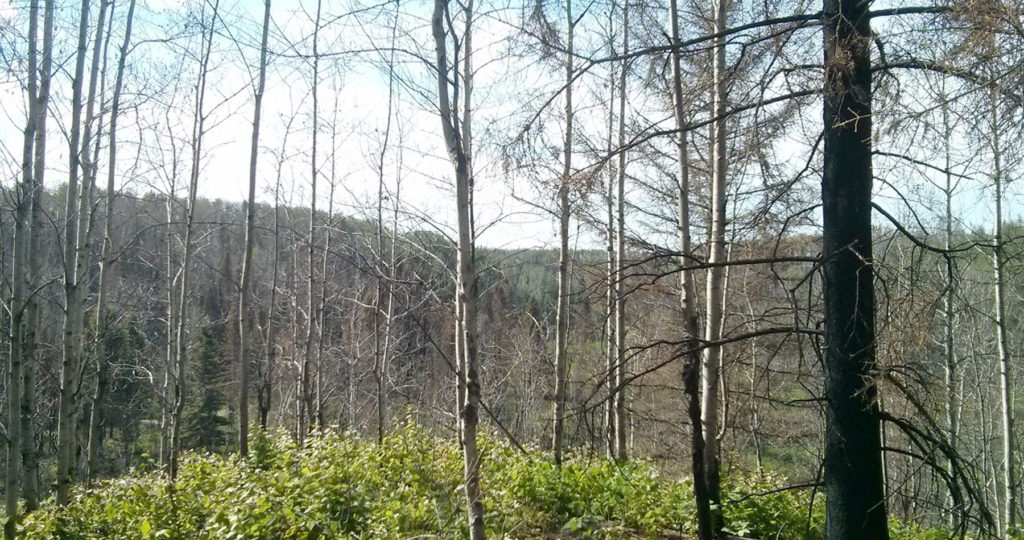
July 8, 2016
Archaeology in the Fort McMurray Fire
At the end of June we started work on planned fire salvage harvest blocks for Alberta-Pacific Forest Industries, southeast of Anzac Alberta. This was the southeastern end of this springs massive Fort McMurray forest fire. When fire kills or damages a stand, there’s a limited time-frame within which the wood can still be salvaged for
Keep Reading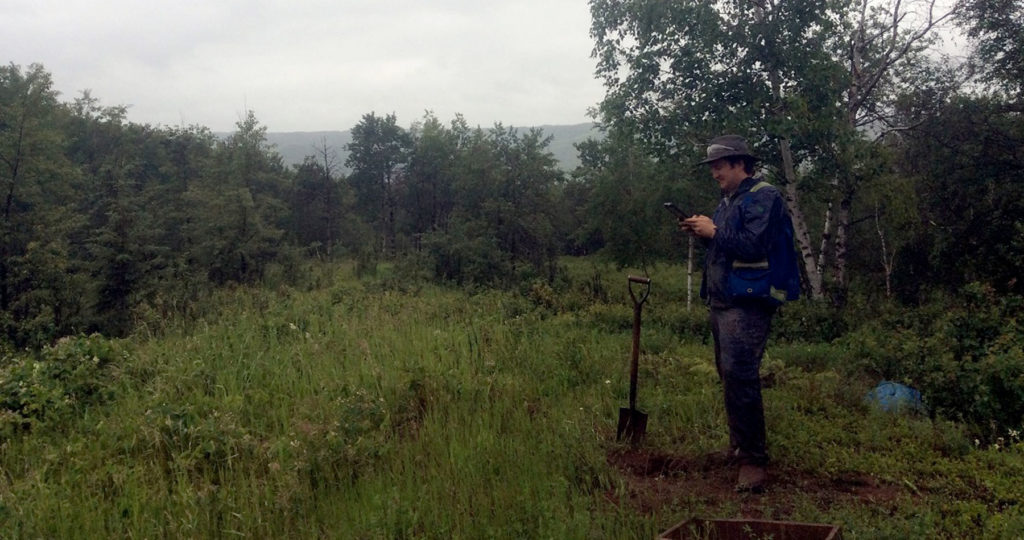
June 27, 2016
Why do we survey gravel pits?
Aggregate pit applications, even renewals, are regularly triggered for Historic Resources Impact Assessments in Alberta. This is mostly due to two factors: their location, and their impact levels. Good sand and gravel deposits are often located near watercourses, especially major rivers, and the presence of coarse parent sediment usually gives them better drainage than surrounding
Keep Reading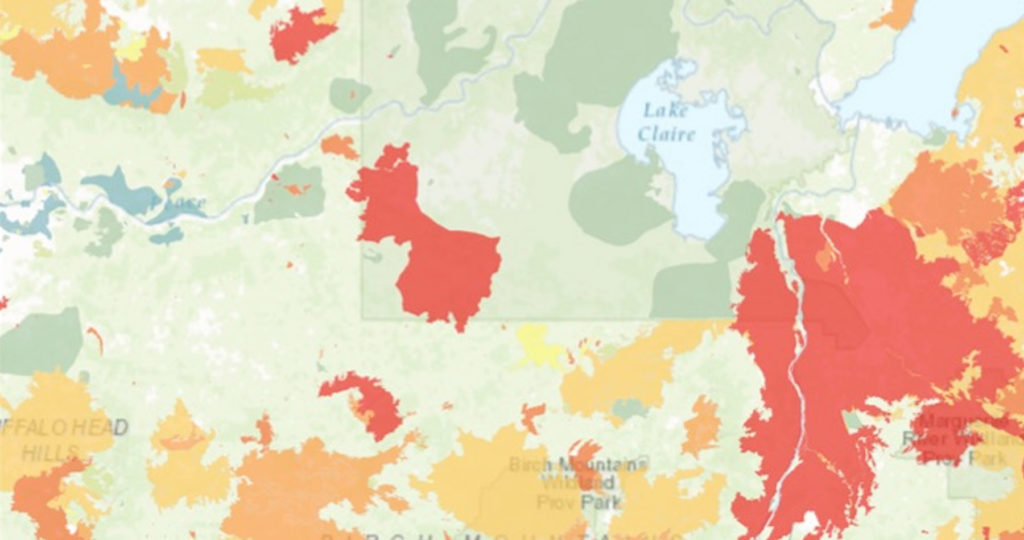
May 16, 2016
The Archaeology of Wildfire
This is a guest post by Christina Poletto, a Master’s student with the Institute of Prairie Archaeology at the University of Alberta Department of Anthropology. She’s studying the palaeoenvironmental signature of wildfire, to look for signs of pre-historic controlled burning by indigenous societies in northeastern Alberta. Fire is almost a constant in Alberta’s north, and its impact
Keep Reading
April 12, 2016
Archaeology on Deer Mountain
On Friday, April 15th at 7 PM Tree Time Services Sr. Project Archaeologist Kurtis Blaikie-Birkigt will be presenting at the High Prairie and District Museum on ongoing research on Deer Mountain, Alberta. On the weekend, Tree Time will be at the High Prairie Gun & Sportsmen’s show with a display of artifacts and replicas to help identify your finds.
Keep Reading